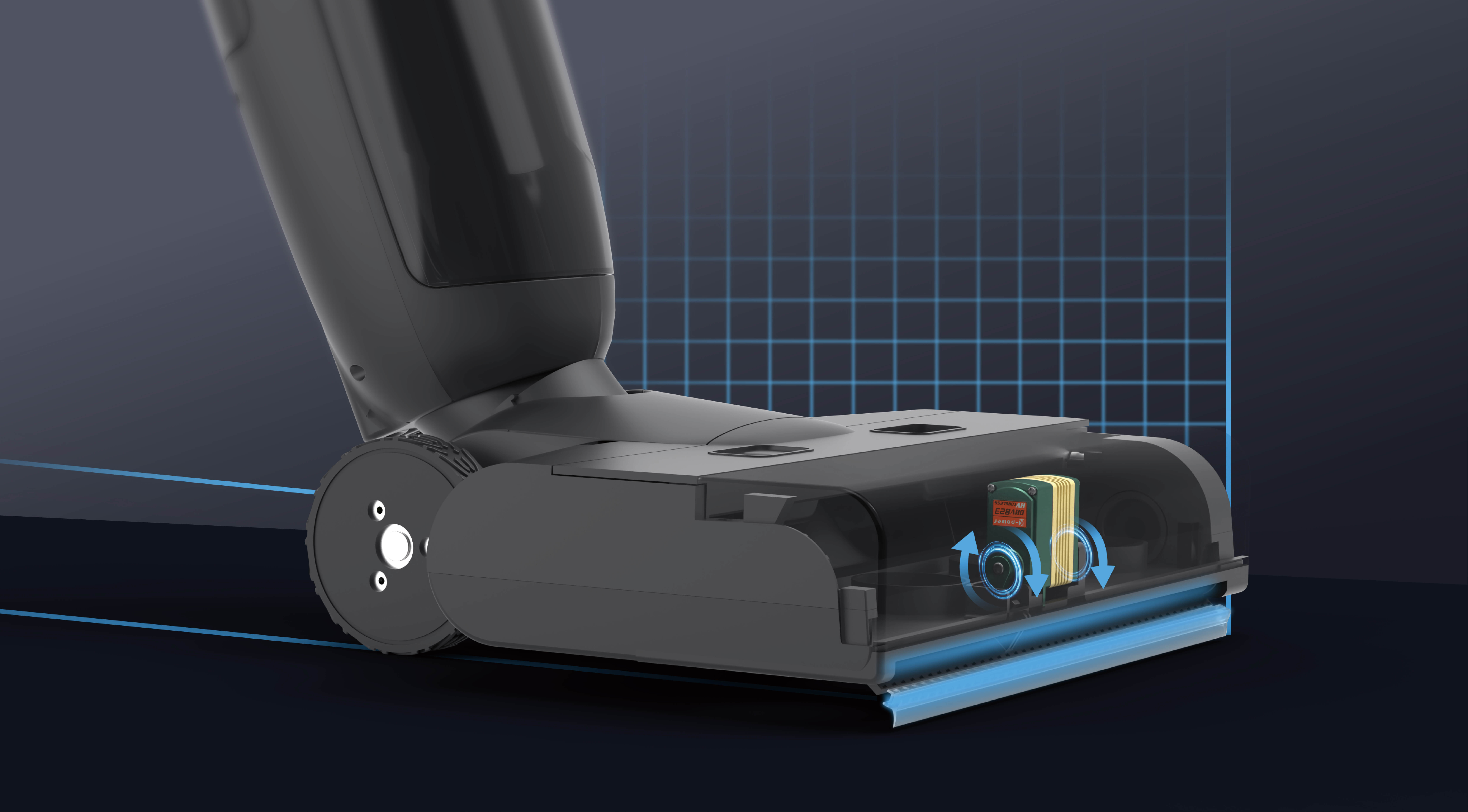Certainly! Here is the first part of the soft article on "Best Servo Motor for Robotics Applications."

In the vibrant world of robotics, where precision, speed, and reliability intersect, servo motors emerge as the lifeblood of robotic mobility and manipulation. Whether you're designing a delicate surgical robot, building an autonomous drone, or creating an industrial arm for manufacturing lines, the choice of servo motor can significantly influence your project's success. But what exactly makes a servo motor suitable for robotics? And how do you identify the best option among countless models and brands?
Understanding the basics begins with recognizing what a servo motor is. Unlike standard electric motors, servo motors are equipped with feedback mechanisms—typically encoders—that allow them to precisely control position, speed, and torque. This closed-loop control system enables robots to perform complex, repeatable movements with remarkable accuracy—an attribute crucial for applications ranging from tiny medical devices to heavy-duty industrial machinery.
Key qualities to consider:
Precision and Accuracy: For robots performing fine manipulation, such as assembly or surgical tasks, the servo motor must offer high-resolution feedback, enabling exact positioning. Servo motors with smaller angle steps and finer encoders provide smoother and more accurate movement.
Torque and Power: Robotics applications often require varying torque levels. A robotic arm lifting heavy objects demands high torque, whereas a delicate robotic gripper needs gentle, controlled motion. Matching the motor's torque output to your application's needs is fundamental to maintaining efficiency and longevity.
Speed Range: Depending on your application's dynamics, having a servo motor that can operate across a broad speed spectrum is advantageous. Some tasks necessitate rapid movements, while others require slow, controlled adjustments—your chosen servo must support both.
Size and Form Factor: Space constraints often influence motor selection. Compact, lightweight servo motors are favored in applications like drones or wearable robots, where every gram counts, whereas larger motors are suited for stationary, heavy-duty tasks.
Control Interface and Compatibility: The servo's control interface—analog or digital—must integrate smoothly with your control system. Modern digital servos often offer advanced features like programmable parameters, ease of tuning, and diagnostics, making them versatile choices for sophisticated robotics.
Efficiency and Energy Consumption: Robotics systems often run continuously or for extended periods. Efficient servo motors reduce energy waste, generate less heat, and prolong the lifespan of the overall system.
Durability and Environmental Suitability: If your robot operates in harsh conditions—dusty, humid, or high-temperature environments—look for motors with protective features like sealing, corrosion resistance, or specific IP ratings.
In the realm of robotics, servo technology has advanced rapidly. While traditional brushed DC motors served early robots well, brushless DC motors (BLDC) have overtaken many of those roles thanks to their higher efficiency, lower maintenance, and better performance metrics. Modern servo systems often incorporate these BLDC motors with integrated electronics, delivering a compact yet powerful solution.
Branching into types of servo motors:
Analog Servos: Simpler and generally more affordable, these are common in hobbyist applications and basic robotics projects. They accept a control signal (PWM) and move accordingly, but lack advanced diagnostic features.
Digital Servos: Offer superior responsiveness and precise control, with onboard microprocessors that handle complex operations like programmable endpoints, acceleration control, and feedback handling.
Brushless Servo Motors: Known for high efficiency, low maintenance, and longer lifespan. Widely utilized in professional and industrial robotics where robustness is a priority.
Coreless Servo Motors: Provide rapid acceleration and deceleration with minimal inertia, ideal for applications requiring quick, precise movements.
When exploring servo motors for robotics, understanding your specific application needs is the first step. Do you require high torque for lifting heavy loads, or pinpoint precision for delicate operations? Is weight a critical factor? Are environmental factors in play? Once these considerations are clear, you can narrow down to the most suitable servo motor options.
Next, it’s important to look at some prominent brands and products that have earned reputation within the industry, serving as benchmarks for quality and performance. From industry giants like Dynamixel, Maxon, and Futaba, to specialized providers of custom solutions, the landscape is filled with options fitting various budgets and technical demands.
In the next part of this guide, we'll delve into detailed comparisons of top servo motors favored in robotics today—exploring specifications, real-world applications, and tips for selecting the perfect motor tailored to your project’s needs. Whether you’re a hobbyist stepping into robot building or an engineer working on advanced automation, understanding these options will help you make informed decisions that accelerate your innovation.
Leveraging innovations in modular drive technology, Kpower integrates high-performance motors, precision reducers, and multi-protocol control systems to provide efficient and customized smart drive system solutions.




































